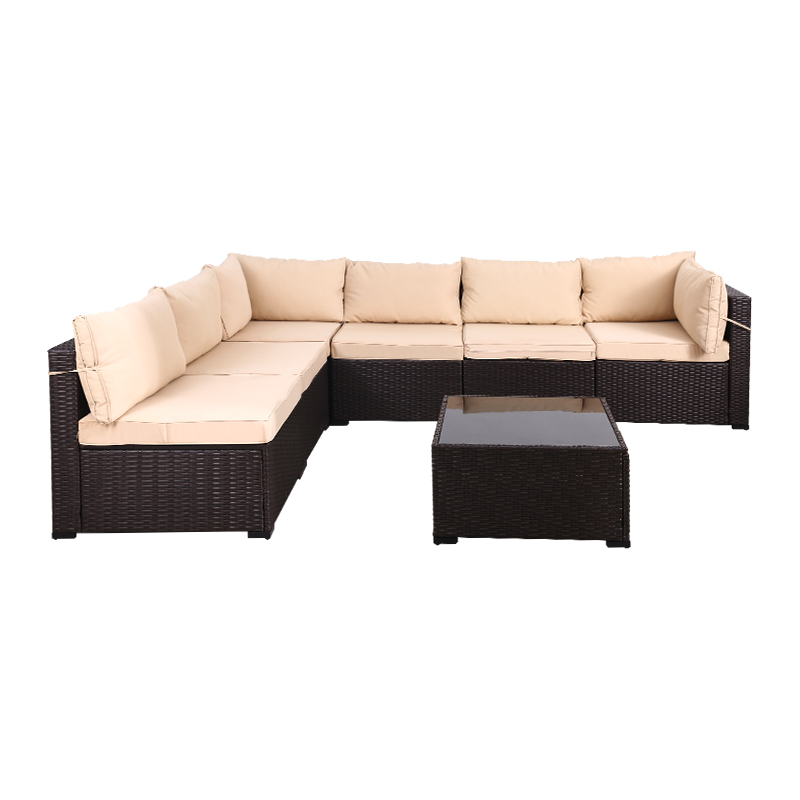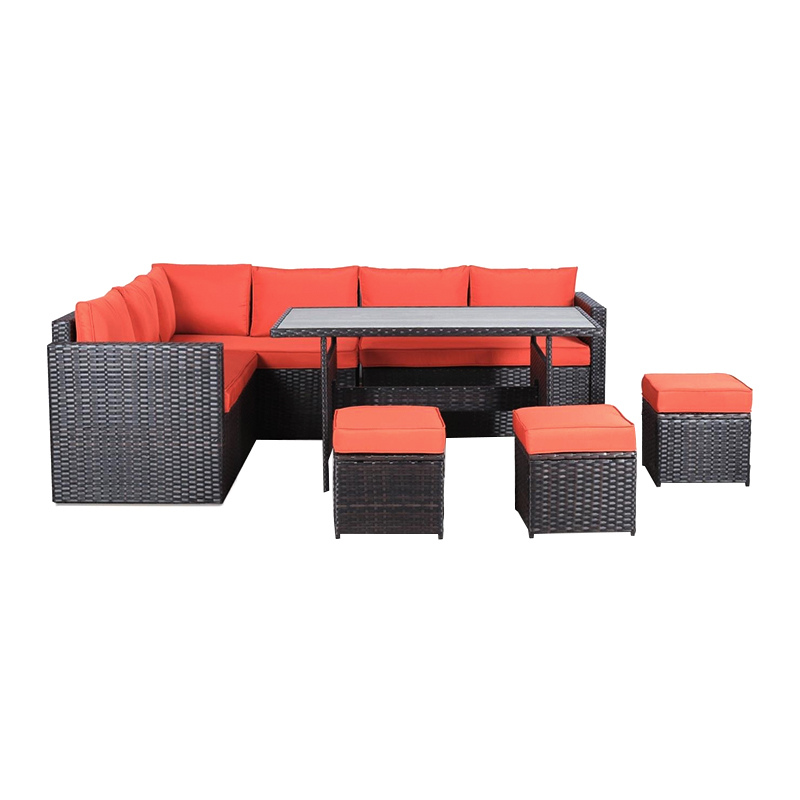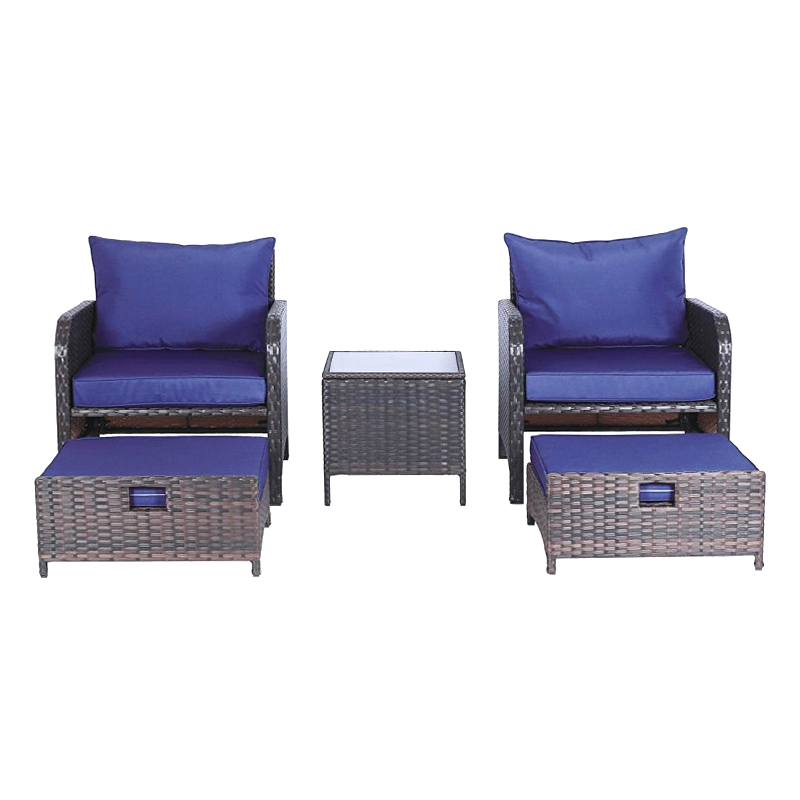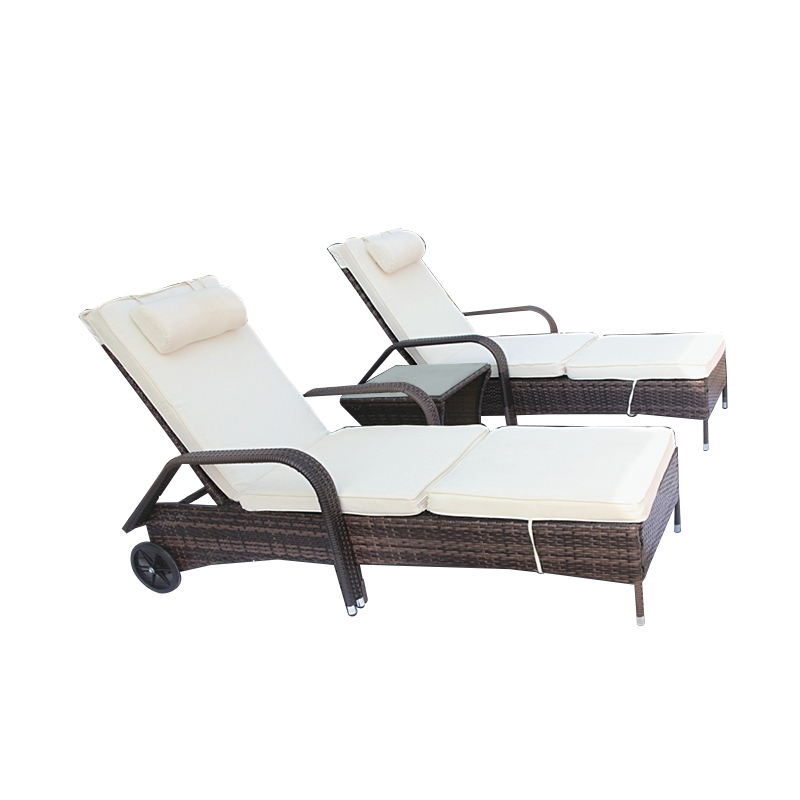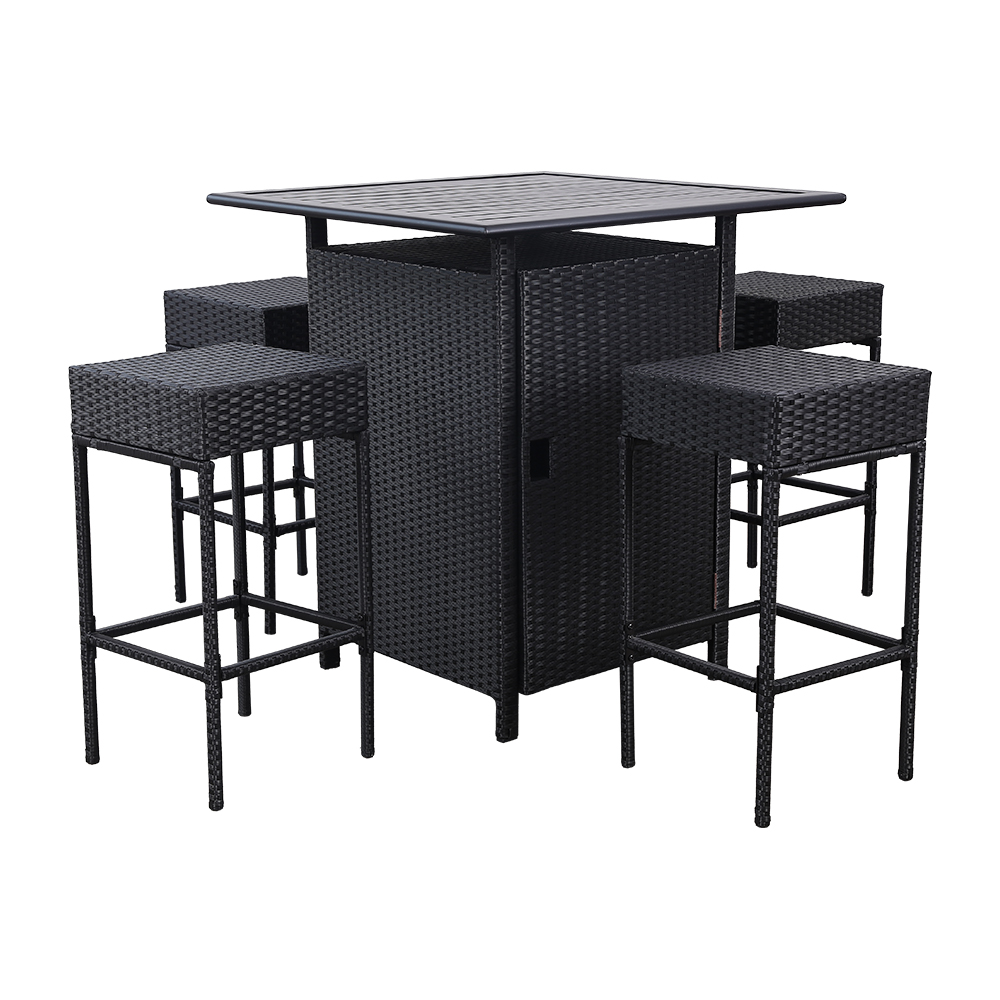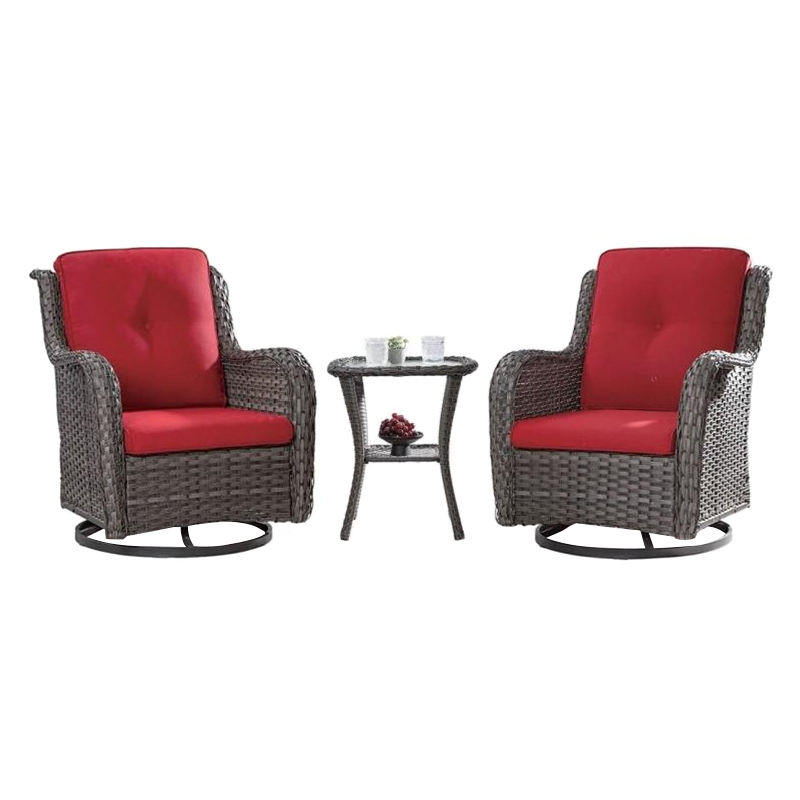The humble leisure chair, a staple of homes, gardens, and tranquil spaces worldwide, is experiencing a notable transformation. No longer just a simple seat for repose, today's leisure chair embodies a fusion of comfort, aesthetic appeal, and thoughtful design, reflecting broader shifts in how people curate their personal environments for relaxation and well-being. The evolution of the leisure chair is being shaped by material innovations, ergonomic research, and a growing emphasis on versatile, personalized living.
The primary function of a leisure chair remains the provision of comfort and support during periods of rest. However, the definition of comfort has expanded significantly. Modern designs often incorporate deep cushions, high backs, and contoured frames that follow the natural lines of the human body. The popular reclining leisure chair, for instance, offers adjustable positions, allowing users to find their ideal angle for reading, watching media, or simply dozing off. This focus on ergonomic support ensures that a well-designed leisure chair provides a sanctuary for the body, helping to alleviate the physical strains of the day. The experience of settling into a comfortable leisure chair is a simple yet profound daily ritual for many.
Material choices play a crucial role in the appeal and functionality of the contemporary leisure chair. Traditional materials like wood and wrought iron continue to be valued for their classic look and sturdiness. However, there is a growing interest in sustainable resources. Leisure chairs crafted from responsibly sourced rattan and bamboo are increasingly common, offering a natural aesthetic that blends seamlessly with both indoor and outdoor settings. For outdoor use, the development of synthetic wickers and powder-coated aluminium frames has resulted in leisure chairs that are not only stylish but also highly resistant to weather conditions, requiring little maintenance. The fabrics used for cushions, from durable acrylics to soft, breathable linens, are also selected for their longevity and tactile qualities.
The aesthetic dimension of the leisure chair is more prominent than ever. It is increasingly viewed as a statement piece that contributes to the overall decor of a room or patio. Design trends range from smallist, sleek-lined models that suit a modern apartment to plump, oversized leisure chairs that serve as a focal point in a living area. The wide availability of colors, patterns, and textures allows consumers to select a leisure chair that expresses their personal style. This transformation from a mere functional object to a design element underscores the desire for living spaces that are both comfortable and visually cohesive.
Furthermore, the concept of versatility is influencing leisure chair design. Many consumers seek models that are lightweight and easy to move, facilitating a fluid use of space—a chair might be used on a balcony in the morning and brought indoors in the evening. The popularity of modular seating systems, where a leisure chair can be part of a larger, configurable arrangement, also highlights this trend.
Looking ahead, the leisure chair market is likely to continue its path of diversification and innovation. The enduring need for comfortable personal space ensures that the leisure chair will remain a fundamental element of home furnishing. Future developments may see even greater emphasis on customizable comfort, sustainable production methods, and designs that adapt to multi-functional living environments. The leisure chair, in its many forms, continues to offer a dedicated space for pause and rejuvenation, proving its timeless value in a fast-paced world.
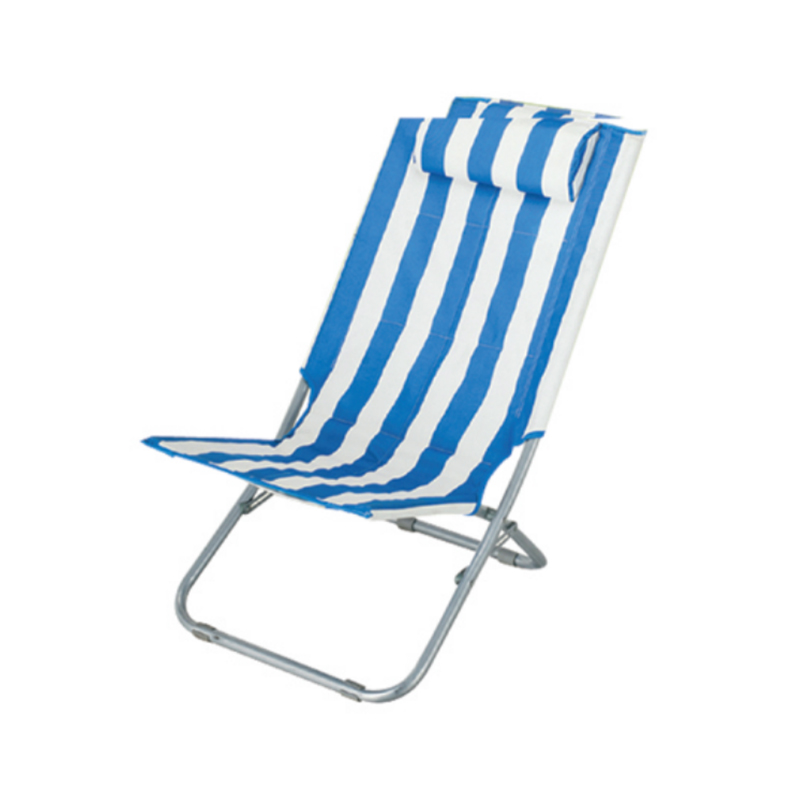


 英语
英语 西班牙语
西班牙语